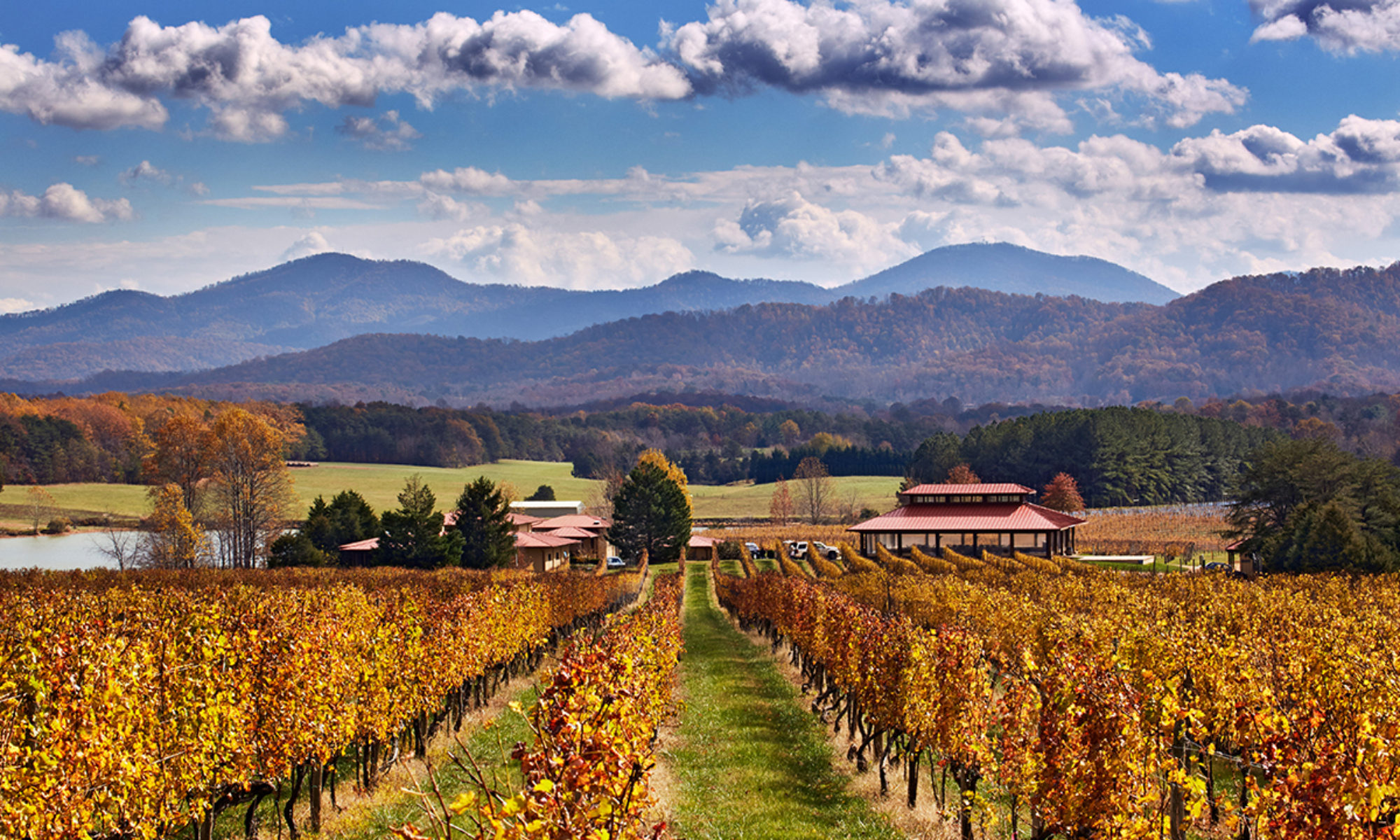Wolf Gap Vineyard and Winery
Wolf Gap is located in Edinburg, off of Exit 279 on Interstate 81 in the Shenandoah Valley. The name comes from a mountain gap west of the vineyard. Will and Diane Elledge started the vineyard in 2007; Will is an Air Force retiree. The winery is for sale as of July 2018.
Wine. Tier II. Seven Wolf Gap wines have been awarded silver medals at the two most recent Virginia Governor’s Cup state-wide wine competition. At the 2023 Governor’s Cup, silver medals were awarded for the 2017 Chambourcin and Marriage red blend, 2021 Cabernet Sauvignon and Chambourcin. At the 2022 Governor’s Cup, silver medals went to the 2016 Marriage reserve, the 2017 Chambourcin reserve, and the 2020 Traminette. There is also a Traminette-Viognier blend which gets good reviews. The Mariage Reserve is a Chambourcin-Cabernet Franc blend. Their Blueberry wine is also popular.
Setting. Very small, family operated winery. The kitchen bar sits over a garage. Tasting deck with good views of the mountains, especially at sunset.
Stories. The frontier in retreat: Shawnee Raids in the 1750s. When settlers first began making their way over the Blue Ridge into the Shenandoah Valley in the 1720s and 1730s, they encountered limited Native American settlement. The area had been cleared by Iroquois war parties, and was mostly the preserve of Iroquois hunters. The 1744 Lancaster Treaty with the Iroquois provided for the Valley’s coming under Virginia’s control. By the 1750s, however, one strong tribe not allied with the Iroquois became much more present in the Valley and launched a series of raids on colonial farms and settlements. The Shawnees were one of the most powerful tribes on the western side of the Alleghanies, with one band located near present-day Winchester. This band vacated the Valley in 1754, at the outset of the French and Indian War, and over the next decade Shawnees launched hundreds of raids on settlers. One can find markers throughout the Shenandoah commemorating massacres during this period. Hundreds of settlers became casualties. While most raids left victims scalped or shot, some resulted in the taking of captives – a common practice for many Native American tribes, especially after contact with European germs led to large-scale population drops in many tribes; a handful of stories of captives escaping or being released and walking hundreds of miles back to European settlements gained notoriety. Large numbers of settlers moved back across the Blue Ridge to the greater safety of the Piedmont, and the Valley’s population only rebounded after the Revolution.
